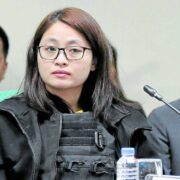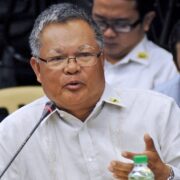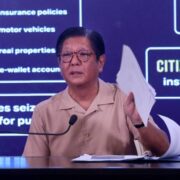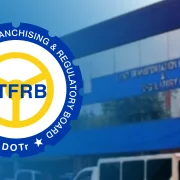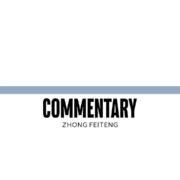US aid freeze: Leaving people to die
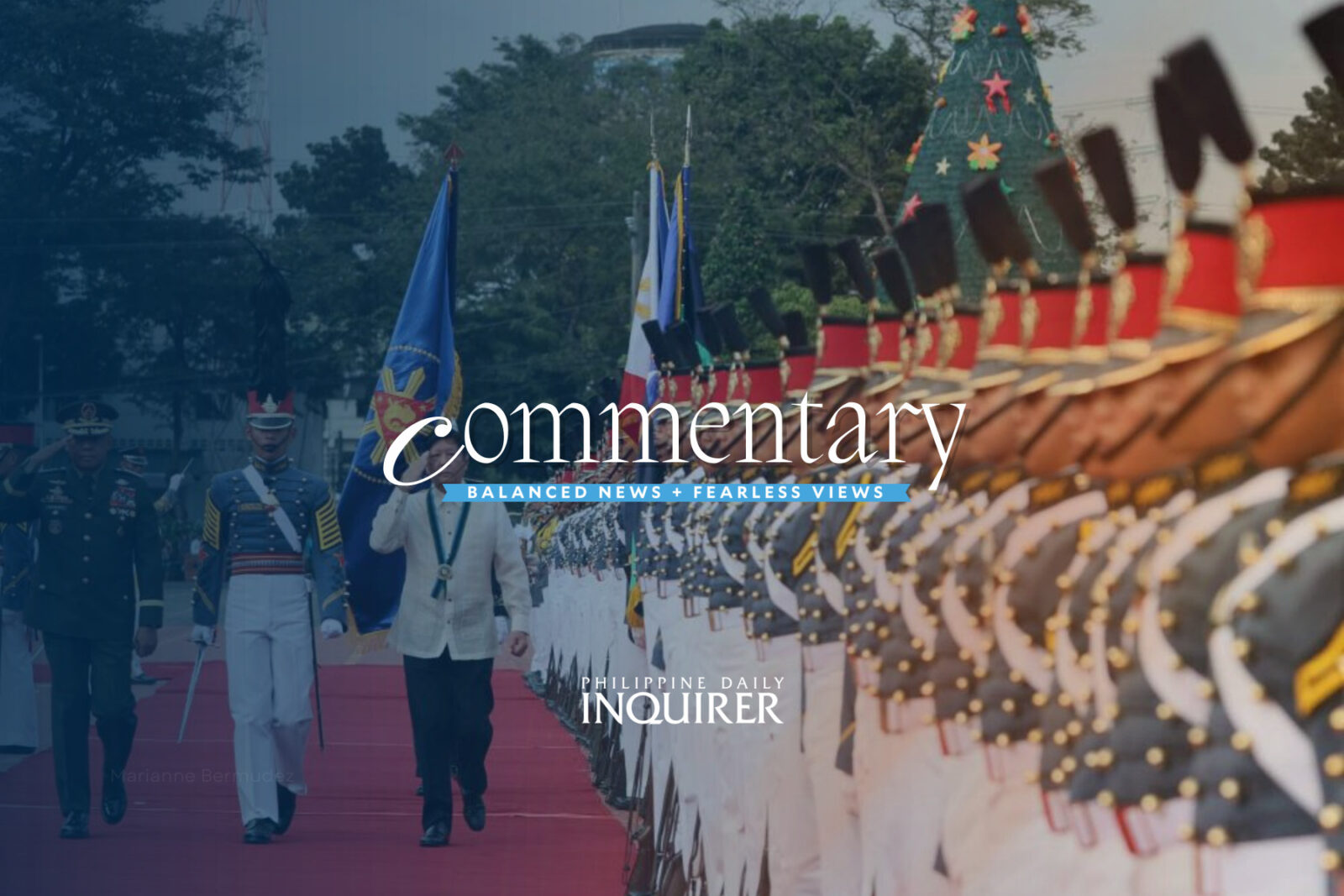
One of the executive orders that United States President Donald Trump signed the day he was inaugurated was a 90-day pause in US foreign development assistance.
The US Agency for International Development, or USAID, was ordered to halt funding. Programs worldwide were issued stop-work orders. More than $60 billion of programs for the world’s most vulnerable people just stopped.
So what happens now? We know this decision will cause deaths.
With stop-work orders on programs that provide AIDS medication, people will die. Charities, many of which work on a shoestring, had to lay off staff. Food and vaccines already in warehouses couldn’t be distributed. Programs on landmine clearing and counterterrorism training ceased. With the halt in aid for the poorest, the world just became more unequal.
Belatedly, the US walked this order back to some extent by saying life-saving humanitarian programs would be exempted. But it doesn’t appear to have slowed the pace of layoffs, partly because of confusion.
Agents from Elon Musk’s Department of Government Efficiency have raided USAID offices and assumed control, with Musk posting “USAID is a criminal organization” and “it’s time for it to die” on social media. While some people affected have gone public, most in the sector can’t speak up as they cling to hopes of future funding.
Before last week, the US was the world’s largest aid donor. USAID was established by then US President John F. Kennedy in 1961, with programs focused on improving global health, alleviating poverty, and providing emergency relief amid natural disasters or conflict, as well as enhancing education and strengthening democratic institutions abroad.
The countries receiving the most USAID assistance in 2023 were Ukraine, Ethiopia, Jordan, Afghanistan, and Somalia. In the Indo-Pacific, the Lowy Institute’s aid maps show that it received $249 million, while Southeast Asia received $1 billion.
This funded 2,352 projects, including peacebuilding in Papua New Guinea, malaria control in Myanmar, early childhood development in Laos, and programs to improve the education, food security, and health of school-age children across the region.
Based on the first Trump administration, there seems no chance that programs on climate, gender equality, abortion, and equity inclusion will be reinstated after the 90-day assessment period. Losing funds for climate adaptation and mitigation is a huge issue for the Pacific Islands.
Assistance for survivors of gender-based violence, employment for people with disabilities, and support for LGBTQIA+ youth will likely lose funding.
In communities that received significant USAID funding, the sudden cut in programs and loss of community organizations will damage the fabric of society.
An unequal world is a less stable one, with the Australian Council for International Development saying that the suspension of US aid “will work against efforts to build peace, safety, and economic stability for the world.”
It also impacts US interests, hitting its soft power from an entire pillar of US foreign policy suddenly disappearing. This is underlined by the fact that the cuts apply equally to ally, partner, and adversary nations alike.
In the Pacific, the Biden Administration made a real effort to increase US presence, opening embassies, and announcing USAID programs. Such efforts have been squandered by the US withdrawing from this space. With China funding a project after its US funding was cut, it’s become a spectacular setback for the US.
Most extraordinary is that this is self-inflicted damage. There were alternatives, such as continuing business as usual during a 90-day period of review, then giving notice to some programs that they would be discontinued.
The performative and haphazard way in which the policy was implemented suggests an administration that doesn’t care much about the world outside its borders and is more concerned about ideological battles within. Researcher Cameron Hill describes Trump as linking foreign aid “to the symbols and slogans of his domestic political coalition.”
For Australia, this can be an opportunity to step up and work with other development partners such as Japan, Korea, India, Indonesia, Canada, and European donors in the face of a genuine emergency. It might mean an emergency increase in development funding or freeing up existing funding to keep the lights on. Australia will undoubtedly need to step up on climate programs in the Pacific if US funding doesn’t return.
Beyond US politics, on the most important global issue of development, the US decided to withdraw, destroying in a few days what took decades to build. The Jakarta Post/Asia News Network
—————–
Melissa Conley Tyler is an honorary fellow at Asia Institute, The University of Melbourne, Australia. The article is republished under a Creative Commons license.
—————–
The Philippine Daily Inquirer is a member of the Asia News Network, an alliance of 22 media titles in the region.




